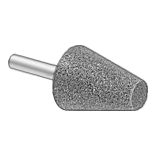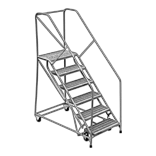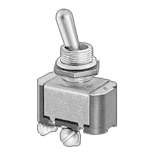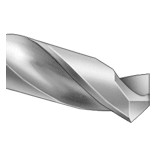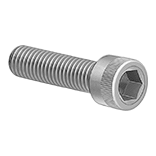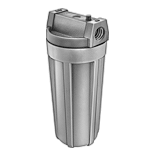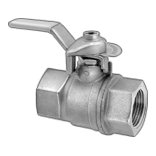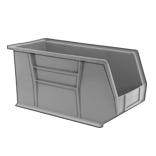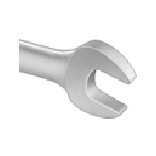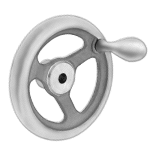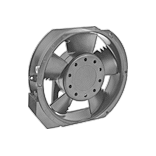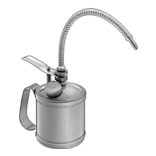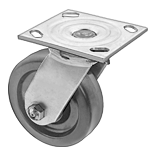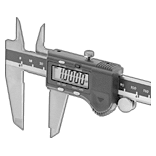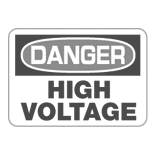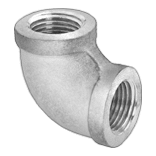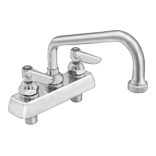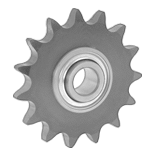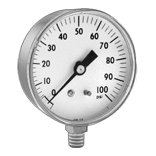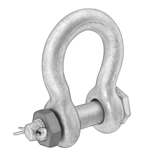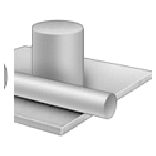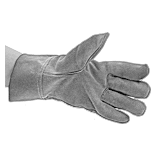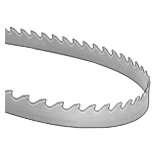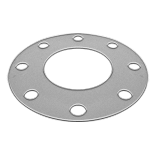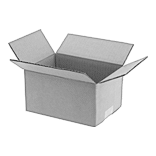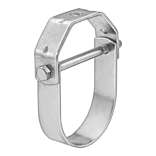Ultra-Formable 260 Brass Rods

- Yield Strength:
Inch sizes: Not Rated
Metric sizes: 9,000 psi - Hardness: Not Rated
- Temper: H01 (1/4 Hard)
- Heat Treatable: No
- Specifications Met: ASTM B134
The most formable brass we offer, 260 offers better weldability than 300 series brass but it’s not as machinable. Sometimes called cartridge brass, it's commonly used for ammunition casings, radiator components, and decorative door hardware.
For technical drawings and 3-D models, click on a part number.
1 ft. Lg. | ||||
|---|---|---|---|---|
| Dia. | Dia. Tolerance Range | Pkg. Qty. | Pkg. | |
| 1/32" | -0.002" to 0.002" | 5 | 00000000 | 00000 |
Create-Your-Own Lanyards—Not for Lifting

18-8 stainless steel rope is more corrosion resistant than galvanized steel.
Warning: Test all assemblies for required strength before use.
Brazing Alloys
Use these brazing alloys with a variety of metals.
Alloys without cadmium are safer to use than brazing alloys with cadmium and help meet industry regulations.
BAg-1 and BAg-5 alloys are for most general purpose applications. They contain silver, which produces a smoother flow when melted to create a stronger joint than RBCuZn-C.
For technical drawings and 3-D models, click on a part number.
Brazing Alloys for Tight Gaps

When melted, these alloys form a thin liquid that easily flows into smaller gaps than standard brazing alloys. They don’t contain cadmium, so they’re safer than other brazing alloys with cadmium and help you meet industry regulations.
BAg-36 alloys are often used in the piping and automotive industry.
BAg-34 alloys flow and spread easier than BAg-36 alloys. They’re often used in the air conditioning and refrigeration industry.
For technical drawings and 3-D models, click on a part number.
Material Composition | 1.1 oz. | ||||||||||
|---|---|---|---|---|---|---|---|---|---|---|---|
| AWS Material Code | Silver | Copper | Zinc | Tin | Cadmium | Melting Temperature Range, °F | Braze Type | Dia. | Lg., ft. | Each | |
For Joining Brass, Bronze, Carbide, Cast Iron, Copper, Nickel Alloys, Steel | |||||||||||
| BAg-36 | 45% | 27% | 25% | 3% | 0% | 1195° to 1260° | Flux Required | 1/32" | 23 1/2 | 00000000 | 000000 |
For Joining Brass, Bronze, Copper, Nickel Alloys, Steel | |||||||||||
| BAg-34 | 38% | 32% | 28% | 2% | 0% | 1200° to 1330° | Flux Required | 1/32" | 24 | 00000000 | 00000 |
High-Strength Brazing Alloys

Create stronger bonds than standard brazing alloys.
Brazing alloys without cadmium are safer than brazing alloys that contain cadmium and help meet industry regulations.
For technical drawings and 3-D models, click on a part number.
Brazing Alloys for Furnace Brazing

Join metal in inert atmospheres or vacuum conditions, such as furnace brazing. These alloys don’t contain cadmium, so they’re safer than other brazing alloys with cadmium. They may also help you meet industry regulations.
For technical drawings and 3-D models, click on a part number.
Material Composition | ||||||||||
|---|---|---|---|---|---|---|---|---|---|---|
| AWS Material Code | Silver | Copper | Cadmium | Melting Temperature, °F | Braze Type | Dia. | Lg., ft. | Wt., oz. | Each | |
For Joining Brass, Bronze, Carbide, Cast Iron, Copper, Nickel Alloys, Stainless Steel, Steel | ||||||||||
| BAg-8 | 72% | 28% | 0% | 1435° | Flux Required | 1/32" | 19 1/2 | 1.1 | 0000000 | 000000 |
